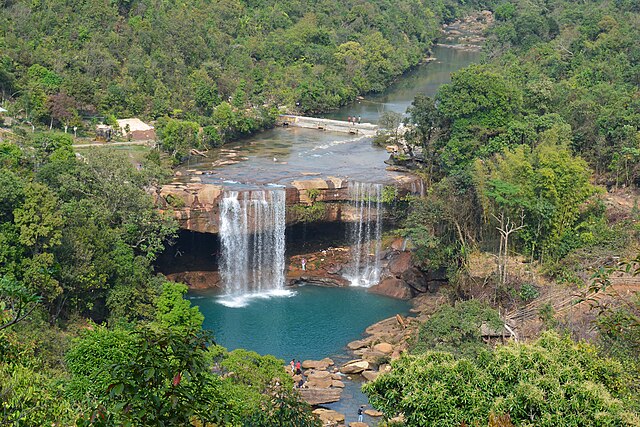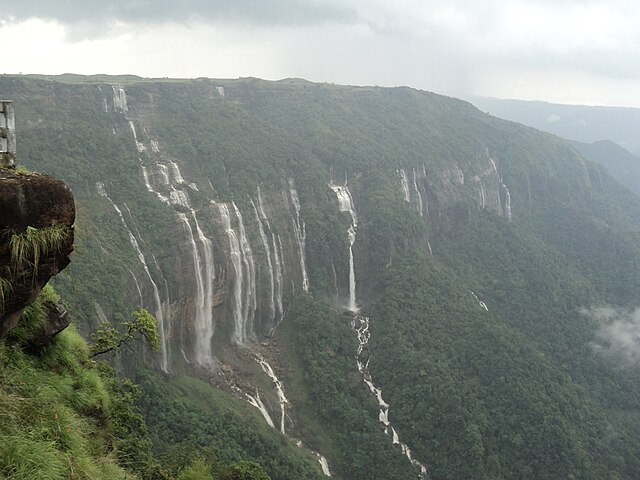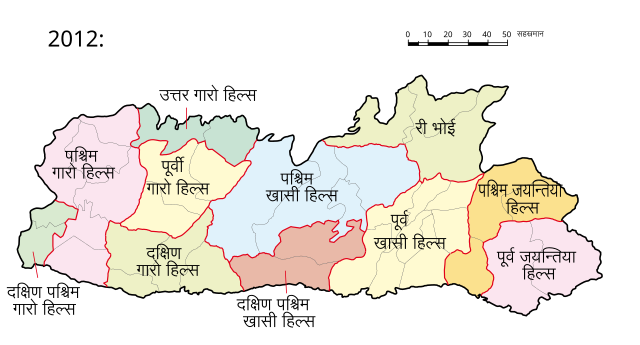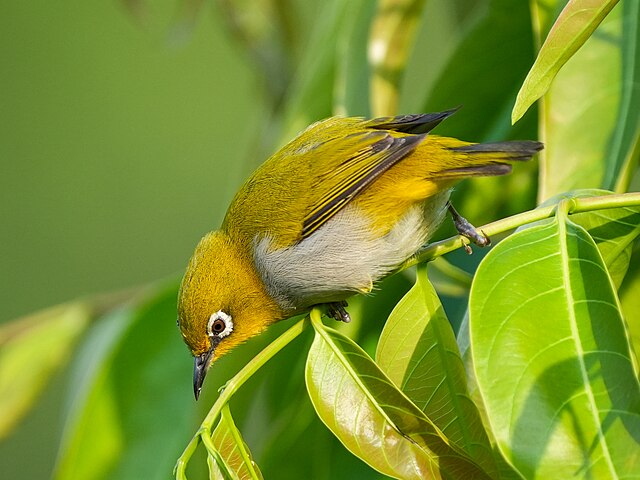Have you ever wondered what it feels like to step into a fairytale? Welcome to Shillong, the enchanting capital of Meghalaya that’s been captivating hearts for generations. Nestled in the rolling hills of Northeast India, this charming hill station isn’t just another dot on the map – it’s a living, breathing testament to nature’s artistry and cultural richness.
What Makes Shillong Special?
Shillong isn’t your typical Indian capital city. While most state capitals bustle with concrete jungles and urban chaos, Shillong dances to a different rhythm. Picture this: winding roads that snake through pine-covered hills, mist-kissed mornings that feel like nature’s own air conditioning, and a soundtrack of waterfalls echoing through valleys. That’s Shillong for you!
The Unique Geographic Location
Sitting pretty at an altitude of 4,908 feet above sea level, Shillong occupies a strategic position in the Khasi Hills. It’s like nature decided to create the perfect viewing gallery for the surrounding landscape. From almost every corner of the city, you can feast your eyes on rolling hills that stretch as far as the horizon allows.
The city spans across the East Khasi Hills district and serves as the gateway to the entire state of Meghalaya. Think of it as the welcoming committee that introduces you to the wonders of the “Abode of Clouds” – which is what Meghalaya literally means.
Cultural Melting Pot of Northeast India
What sets Shillong apart from other hill stations is its incredible cultural diversity. The city is predominantly inhabited by the Khasi people, but you’ll also find a beautiful blend of communities living in harmony. It’s like a cultural symphony where different notes come together to create something magical.
The influence of British colonial architecture mingles seamlessly with traditional Khasi designs, creating a unique aesthetic that’s both familiar and exotic. Walk through the streets, and you’ll notice how churches stand alongside traditional markets, creating a fascinating juxtaposition of old and new.
A Journey Through Shillong’s Rich History

Every stone in Shillong has a story to tell. The city’s history reads like an adventure novel, filled with transformation, resilience, and growth.
From Khasi Hills to British Hill Station
Long before the British arrived, the Khasi Hills were home to indigenous communities who lived in harmony with nature. The Khasi people had their own systems of governance, culture, and traditions that revolved around respect for the environment – something that’s still evident today.
When the British discovered this hidden gem in the 19th century, they were smitten. The pleasant climate and scenic beauty reminded them of the Scottish Highlands, earning Shillong its famous nickname “Scotland of the East.” The British established it as their summer capital for the Assam province, and suddenly, this quiet hill station became a hub of colonial activity.
Birth of Meghalaya State
The real turning point came in 1972 when Meghalaya was carved out as a separate state from Assam. Shillong naturally became the capital, cementing its position as the political and administrative center of the region. It was like watching a butterfly emerge from its cocoon – Shillong transformed from a colonial hill station into a modern state capital while retaining its old-world charm.
Geography and Climate: Why Shillong is Called Scotland of the East
The comparison to Scotland isn’t just poetic license – there are genuine similarities that make the nickname stick.
Rolling Hills and Pine Forests
Imagine standing on a hilltop and seeing wave after wave of green hills rolling into the distance. That’s the signature landscape of Shillong. The city is surrounded by pine forests that create a natural green carpet, and the rolling topography creates an almost hypnotic pattern that’s both soothing and awe-inspiring.
The geological formation of the Khasi Hills, with their undulating terrain and lush vegetation, creates microclimates that support diverse flora and fauna. It’s like nature’s own experiment in creating the perfect ecosystem.
Pleasant Weather Year-Round
Here’s where Shillong really shines – its climate is nothing short of magical. While the rest of India swelters in summer heat or shivers through harsh winters, Shillong maintains a pleasant temperature that rarely goes to extremes.
During summers, when temperatures in the plains soar above 40°C, Shillong comfortably sits between 15-25°C. It’s like having nature’s own air conditioning system running 24/7. Winters are cool but not freezing, making it comfortable for year-round living.
Best Time to Visit Shillong
While Shillong is beautiful throughout the year, the period from March to June is considered ideal for tourists. The weather is perfect for sightseeing, and the landscape is at its most vibrant. However, if you’re someone who loves the romance of rain, the monsoon months from July to September offer a different kind of magic – just be prepared for heavy showers!
Top Tourist Attractions in Shillong

Shillong is like a treasure chest filled with natural and cultural gems. Each attraction tells a different story and offers a unique experience.
Ward’s Lake: The Heart of the City
Right in the center of Shillong lies Ward’s Lake, an artificial lake that’s become the city’s social hub. Built during the British era, this horseshoe-shaped lake is surrounded by a well-maintained garden that’s perfect for evening strolls.
The lake offers boating facilities, and watching the sunset reflect on its calm waters is an experience that stays with you. It’s like having a piece of serenity right in the middle of urban life.
Elephant Falls: Nature’s Masterpiece
About 12 kilometers from the city center, Elephant Falls is a three-tiered waterfall that showcases nature’s artistic prowess. The falls get their name from an elephant-shaped rock that was destroyed in an earthquake, but the beauty remains undiminished.
The journey to the falls is as beautiful as the destination itself. You’ll walk through dense forests and rocky terrain, and the sound of cascading water serves as your guide. It’s like following breadcrumbs in a fairy tale, except the treasure at the end is far more spectacular.
Shillong Peak: Panoramic Views
At 6,449 feet, Shillong Peak is the highest point in the city and offers breathtaking 360-degree views of the surrounding landscape. On a clear day, you can see the plains of Bangladesh stretching into the distance.
The peak is also considered sacred by the local Khasi people, adding a spiritual dimension to the scenic experience. It’s like standing on top of the world while being connected to something greater than yourself.
Don Bosco Museum: Cultural Heritage
For those interested in the rich cultural heritage of Northeast India, the Don Bosco Museum is a must-visit. This seven-story museum houses one of the finest collections of indigenous artifacts, showcasing the diverse cultures of the region.
The museum is like a time machine that takes you through centuries of tribal history, traditions, and art forms. Each floor represents a different aspect of Northeast Indian culture, making it an educational journey that’s both informative and fascinating.
The Vibrant Culture of Shillong

Shillong’s culture is like a rich tapestry woven with threads of tradition, modernity, music, and spirituality.
Music Capital of India
If walls could sing, Shillong’s would be performing symphonies. The city has an incredible musical heritage that has earned it recognition as India’s rock capital. From church choirs to rock bands, music flows through the veins of this city.
Local musicians have made their mark on the national and international stage, and it’s not uncommon to stumble upon impromptu performances in cafes and street corners. The city’s love affair with music is so deep that even the local police band is renowned for its performances.
Local Festivals and Traditions
The festival calendar in Shillong is packed with celebrations that reflect the city’s diverse cultural fabric. The Shad Suk Mynsiem, a thanksgiving festival of the Khasi people, is celebrated with traditional dances and rituals that have been passed down through generations.
Christmas celebrations in Shillong are particularly special, with the entire city lighting up and communities coming together in a spirit of joy and harmony. It’s like the whole city becomes one big family during these times.
Food Culture and Local Delicacies
Shillong’s food scene is an adventure for your taste buds. The local cuisine is a blend of Khasi traditional dishes and influences from neighboring states and countries. Jadoh (rice and meat dish), tungrymbai (fermented soybean curry), and various preparations of pork are local favorites.
The city also has a thriving cafe culture, with numerous establishments serving everything from local delicacies to international cuisine. It’s like having a global food festival right at your doorstep.
Economic Importance of Meghalaya’s Capital
As the capital city, Shillong plays a crucial role in Meghalaya’s economic landscape.
Tourism Industry
Tourism is one of the primary economic drivers for Shillong. The city attracts thousands of visitors annually, contributing significantly to the local economy. Hotels, restaurants, tour operators, and local artisans all benefit from the steady stream of tourists who come to experience the city’s natural beauty and cultural richness.
The ripple effect of tourism extends to employment generation, infrastructure development, and promotion of local arts and crafts. It’s like a economic ecosystem where everyone benefits from the city’s natural and cultural assets.
Educational Hub of Northeast
Shillong has established itself as an important educational center in Northeast India. The North-Eastern Hill University (NEHU), established in 1973, is one of the premier institutions in the region. The city also houses numerous schools, colleges, and specialized institutions that attract students from across the Northeast.
This educational prominence has created a knowledge-based economy that supports various service sectors and contributes to the overall development of the region.
Getting to Shillong: Transportation Guide

Reaching Shillong is part of the adventure, with multiple options available depending on your starting point and preferences.
By Air, Road, and Rail
The nearest airport is Umroi Airport, about 30 kilometers from the city center, though it has limited connectivity. Most travelers prefer to fly into Guwahati Airport (about 100 kilometers away) and then drive to Shillong.
The road journey from Guwahati to Shillong is scenic and takes about 3-4 hours. The route takes you through changing landscapes – from the plains of Assam to the hills of Meghalaya. It’s like watching a slow-motion transformation of geography.
For rail connectivity, Guwahati is again the nearest major railway station. From there, buses and taxis are readily available for the onward journey to Shillong.
Local Transportation Within the City
Once in Shillong, getting around is relatively easy. Local taxis, shared cabs, and buses connect different parts of the city. Many attractions are within walking distance of each other, especially in the main town area.
The city is pedestrian-friendly, and walking through its streets is often the best way to soak in the local atmosphere and discover hidden gems.
Where to Stay in Shillong
Shillong offers accommodation options for every budget and preference.
Budget to Luxury Accommodations
From budget guesthouses and hostels to luxury resorts and heritage hotels, Shillong has it all. Many accommodations are strategically located to offer stunning views of the surrounding hills and valleys.
Some hotels are converted colonial-era buildings that offer a unique experience of staying in historical structures while enjoying modern amenities. It’s like sleeping in a piece of history while being pampered with contemporary comforts.
Conclusion
Shillong isn’t just the capital of Meghalaya – it’s the beating heart of Northeast India’s cultural and natural heritage. From its misty mornings to its musical evenings, from its colonial architecture to its indigenous traditions, Shillong offers an experience that’s both diverse and harmonious.
Whether you’re seeking adventure in its waterfalls and peaks, cultural enrichment in its museums and festivals, or simply peace in its serene landscapes, Shillong delivers with a smile. It’s a place where time slows down just enough for you to appreciate life’s simple pleasures while being surrounded by extraordinary beauty.
The city’s unique position as a bridge between tradition and modernity, between nature and civilization, makes it a destination that appeals to every type of traveler. When you visit Shillong, you’re not just seeing another tourist destination – you’re experiencing a way of life that’s both timeless and contemporary.
Frequently Asked Questions
1. Why is Shillong called the Scotland of the East? Shillong earned this nickname due to its striking resemblance to the Scottish Highlands, with rolling green hills, pine forests, and a cool climate year-round. The British colonizers who established it as a hill station were reminded of their homeland’s landscape, hence the comparison.
2. What is the best time to visit Shillong? The ideal time to visit Shillong is from March to June when the weather is pleasant and perfect for sightseeing. However, the city is beautiful year-round, and monsoon season (July-September) offers a different charm with lush greenery, though heavy rains are expected.
3. How far is Shillong from Guwahati, and how can I travel between them? Shillong is approximately 100 kilometers from Guwahati and takes about 3-4 hours by road. You can travel by taxi, bus, or private vehicle. The journey is scenic and passes through beautiful landscapes as you transition from plains to hills.
4. What are the must-visit attractions in Shillong? Key attractions include Ward’s Lake, Elephant Falls, Shillong Peak, Don Bosco Museum, and the local markets. Each offers a unique experience, from natural beauty to cultural insights, making them essential stops for any visitor.
5. Is Shillong safe for tourists, and what should I know about local culture? Shillong is generally very safe for tourists, with friendly locals and a peaceful atmosphere. The city has a rich Christian heritage alongside indigenous Khasi traditions. Visitors should respect local customs, dress modestly when visiting religious sites, and be mindful of the environment in this eco-sensitive region.

